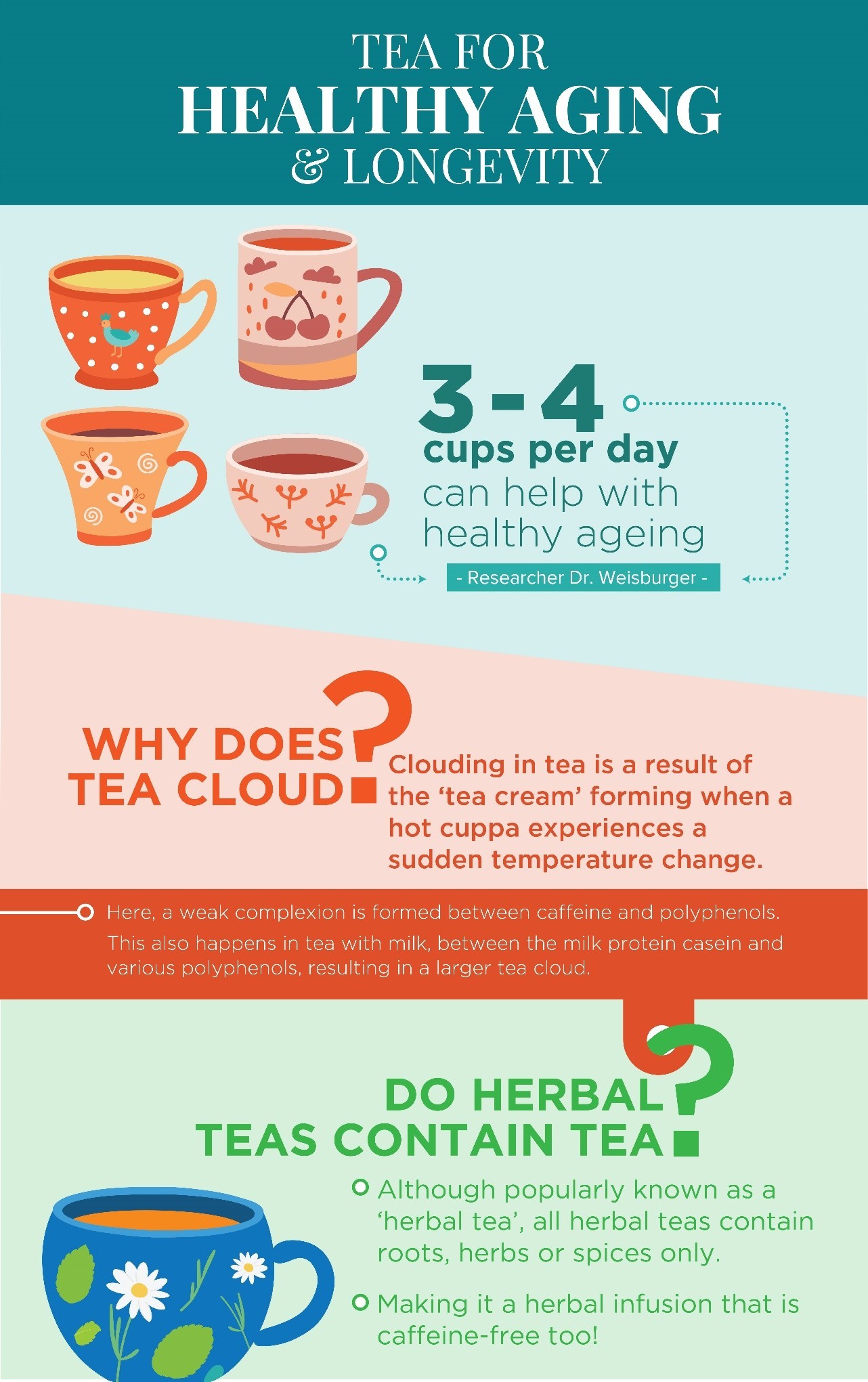Why is Ceylon Tea different?
Tea originated in China, as legend has it, 5,000 years ago; yet it was Ceylon (now Sri Lanka) that made tea famous in the 19th and 20th Centuries, as the tea that was used by almost every major tea brand. Ceylon Tea is prized for its quality which is without parallel, and its variety which is unmatched for a small island boasting dramatically different teas in different parts of its tea growing regions.
In assessing the value of Ceylon tea, some of the properties which tea experts take into consideration are appearance of the tea such as, colour of the infused leaf, as well as colour, strength, quality, aroma and flavour of the brewed liquor. The ultimate criterion of a ‘good quality’ tea is however the subjective assessment of expert professional tea tasters.
Distinguishing itself as the ‘Best in Class’ producer of tea, with a well-documented heritage in tea, Ceylon, or Sri Lanka stands out amongst tea producers. The Low Grown teas produced in Sri Lanka below 2000-ft sea level, are known for their superior leaf appearance, highly valued in the Middle East, the coppery ‘infused leaf’ and its strong & reddish brewed liquor. Sri Lankan low growns are prized for their appearance -‘uniformly black’, true to grade and devoid of fibre and extraneous matter. The High Growns, above 4000-ft sea level, on the other hand are known for their bright, coloury, brisk and aromatic liquors. High grown Ceylon teas do not share the dense, black colour of the quality low grown leaf being browner in leaf appearance, but have unsurpassed liquors ranging from light, bright golden colour to deep red.
In Ceylon, particular emphasis is laid on the quality of tea, and this is determined by a complex of parameters, the correct balance of which is the quintessence of tea character. The appearance of the leaf (dry leaf after processing) is determined by the content of chlorophyll in the young and tender leaves of the tea shoot. The relative amounts of the polyphenols present in tea, the polyphenol oxidase (enzyme), the theaflavins, thearubigins, caffeine, essential oils, sugars, amino acids in the bud and the first two tender leaves will all contribute to the quality of the brewed liquor in a positive way. Hence the importance of traditional and disciplined picking of teas in Ceylon. The best raw material handled under poor conditions of manufacture would produce a poor quality tea. It is through attention to detail in field practices as well as in manufacture, that Sri Lanka retains its position as the Best in Class’ producer of Quality Tea, considered by the Technical Committee of the ISO as the cleanest tea in the world.

